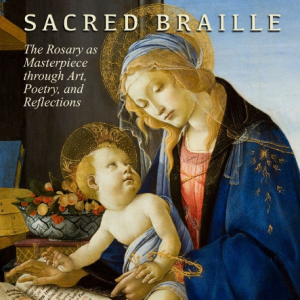Irish Step Dance As Passionate Prayer
This evening, my husband and I attended a dance celebrating the Ladies Ancient Order of Hibernians. This, after all, this the month that honors the Irish. We saw some very talented young Irish step dancers perform and I was struck by the beauty achieved in the disciplined restraint of their motions. Irish step dancers do not move their arms. Yet with this supposed restriction, their legs leap and their feet pound the floor with precision and passion. It reminded me of my poems about the marionette, “The Marionette’s Manifesto” in which the speaker asserts, “It’s dancing through restraint that is the test.”
What a fitting dance for Ireland, a country that has such a long history of being oppressed and yet a thriving legacy of great literature and music. Nothing kept the Irish from riveting music, from epic poetry, or from dance. Though their arms have been bound through the centuries, their legs have thrashed with beauty. Truly this dance is metaphor for the powerful beauty that can be forged through restraint, as in poetry written in form for example. Some writers, myself included, love the artistic Houdini act, the art of freeing oneself through the seeming shackles of rhyme and meter. Irish step dancing, like a sonnet or any other art achieved through certain rules and restrictions can be likened to the art of living through challenges. “Grace under pressure,” my father used to advise. That is its own prayer, isn’t it?
Maire Brennan, the great Irish singer, sings passionately of finding beauty in spite of obstacles in, “Against the Wind.”

